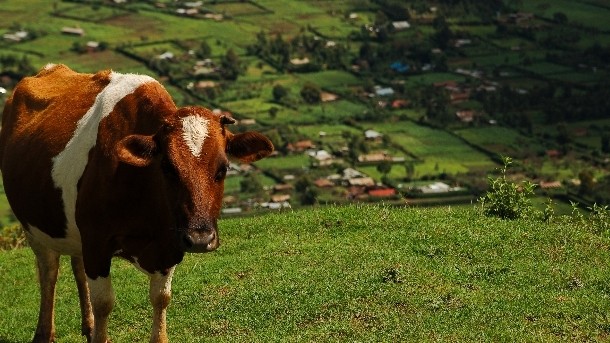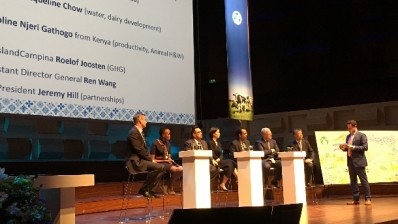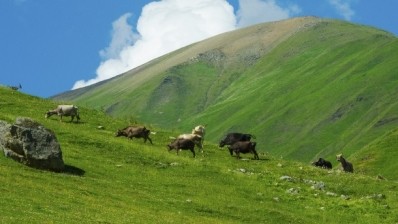FAO tool to help dairy farms curb greenhouse emissions

This is due to a new methodology from The Food and Agriculture Organization of the United Nations (FAO) that lets farmers and project designers reliably document how they are reducing harmful greenhouse gas emissions.
It is expected that this will open up new sources of finance and help promote investment in smallholder operations.
Tackling challenges
FAO's new Smallholder dairy methodology tackles two major challenges: the need to make agriculture more productive by increasing yields, while at the same time cutting agriculture's carbon footprint.
The tool, developed by FAO and its partners, identifies areas within dairy production where greenhouse emissions can be curbed - for example, by changing feed composition or feeding practices, or improving the energy efficiency of equipment - and explains how those reductions can be measured and reported.
It has also been certified by Gold Standard, an independent body that evaluates climate projects under the UN's Clean Development Mechanism to ensure they deliver genuine emission reductions.
Carbon credits available
This certification allows the approximately 750m smallholder dairy farmers around the world to receive internationally-accepted carbon credits in exchange for emission reductions.
These can be sold on carbon markets - a potential revenue stream that creates an incentive for the dairy industry to go greener.
Until now, climate finance – and carbon markets in particular – was closed to the livestock sector, partly because there was no methodology for calculating credits and certifying emission cuts. The new tool now sets a global standard to fill the gap.
Need for more milk
Henning Steinfeld, chief of FAO's livestock information, sector analysis and policy branch estimated milk production will have to grow by 144m tonnes by 2025 to meet rising demands.
The FAO said that changes in housing and feeding animals, managing their manure and selecting breeds that produce more milk are important to meeting those demands with the least environmental damage.
Kenya's dairy sector
In Kenya, the developing ground for the new tool, the methodology is now part of the country's effort to sustainably intensify its dairy industry under the country's climate action plan.
Kenya's livestock sector is dominated by smallholder farmers who have limited access to productivity-enhancing technologies, leading to low productivity high emissions per unit of milk.
The FAO says that there is an opportunity to make Kenya's dairy sector more productive and environmentally friendly by introducing new technologies and resource management practices.
With the new tool, the Kenyan government can to track, quantify and certify that its interventions result in fewer greenhouses gasses per unit of milk.
Emissions
The FAO says that greenhouse gas emissions from milk production vary greatly across the world.
Some countries have production systems that emit as little as 1.7 kg of carbon dioxide equivalent per kilogram of milk (CO2e/kg) while in others it can be five times as high, reaching up to 9 kg of carbon dioxide equivalent for each kilogram of milk.
These variations can occur within countries, too. While Kenya's average emissions from milk are 3.7 CO2e/kg – compared to the global average of 2.8 – emissions range from 3 to 8 CO2e/kg depending on the farm.
The new methodology was developed by FAO in partnership with the International Livestock Research Institute the State Department of Livestock in Kenya, Unique Forestry and Land Use, and Climate Check Corporation.






